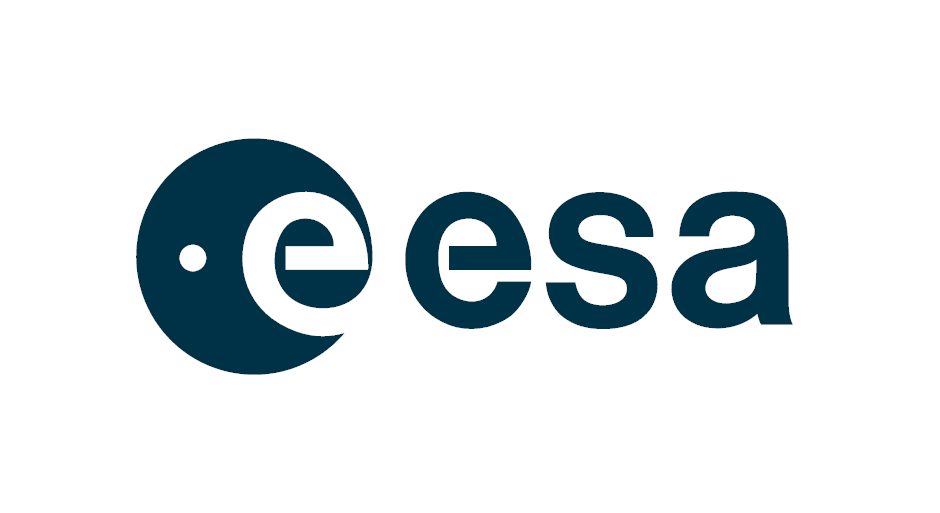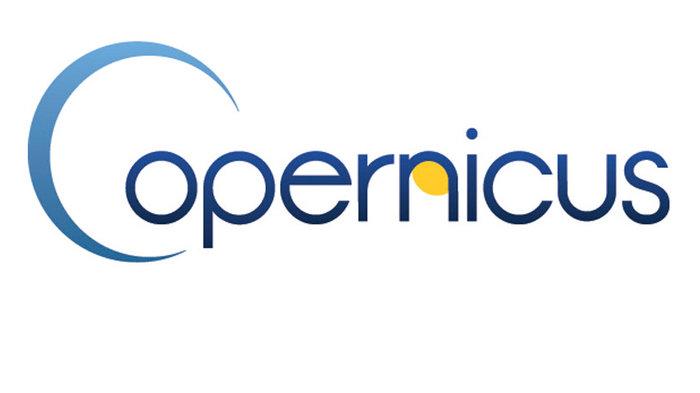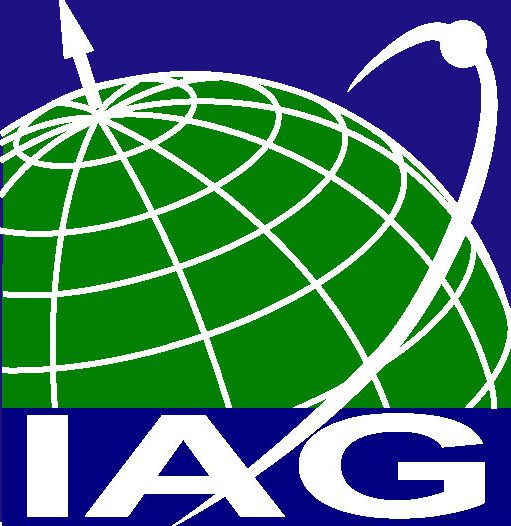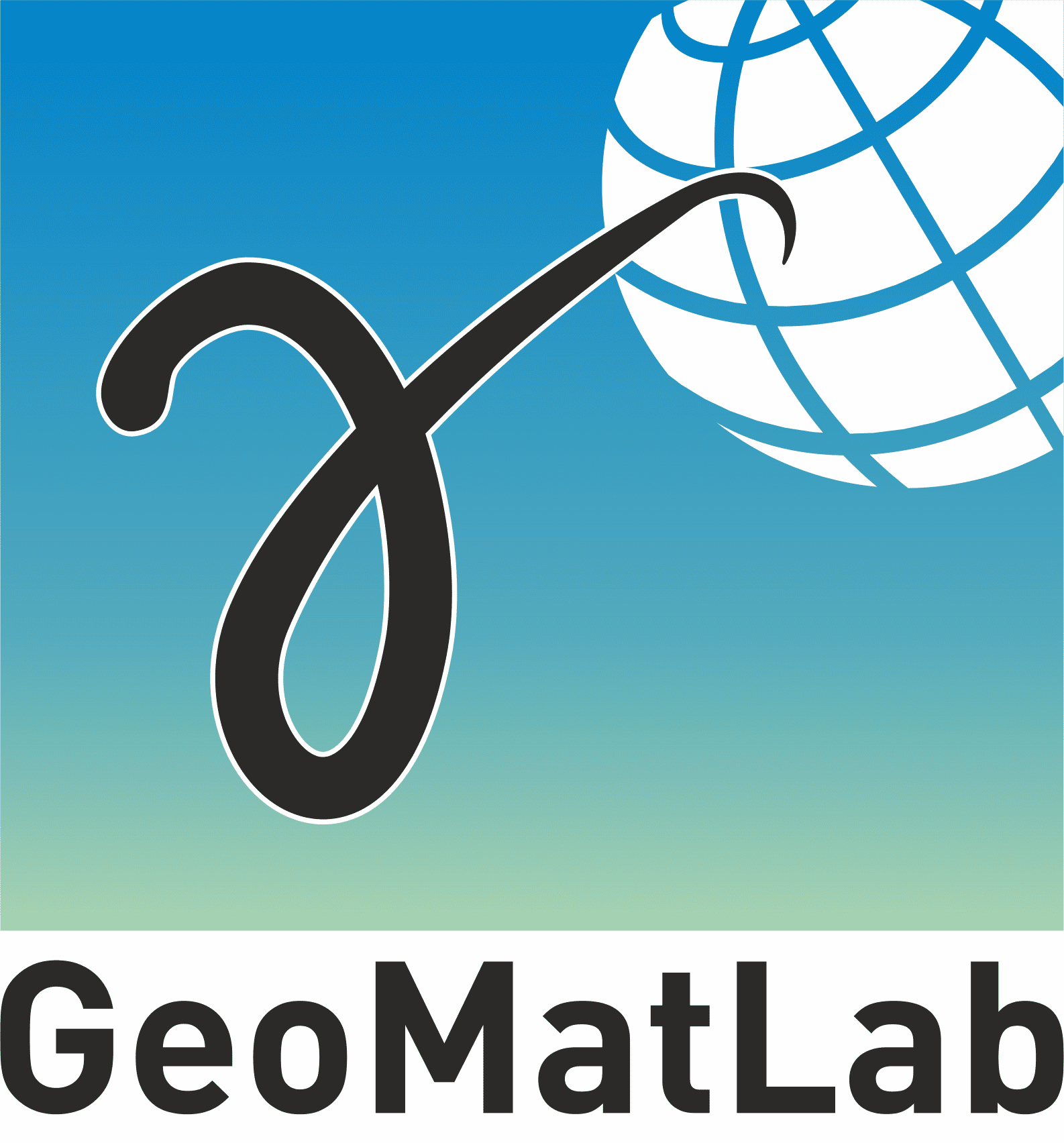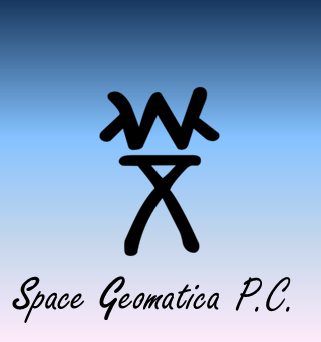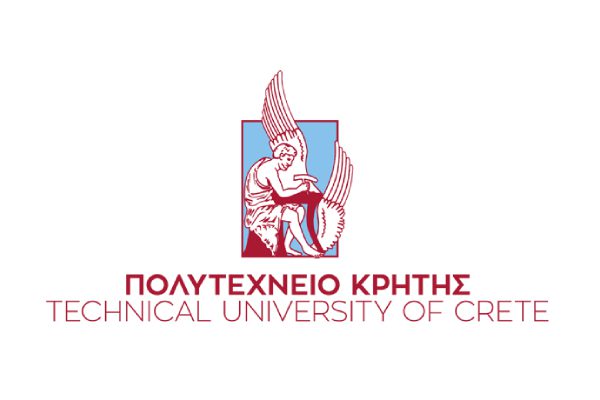The International Meeting Venue
The International Review will be held at the Venetian Arsenali building at the Center of Mediterranean Architecture, in the old Venetian Harbor, Chania, Crete, Greece.
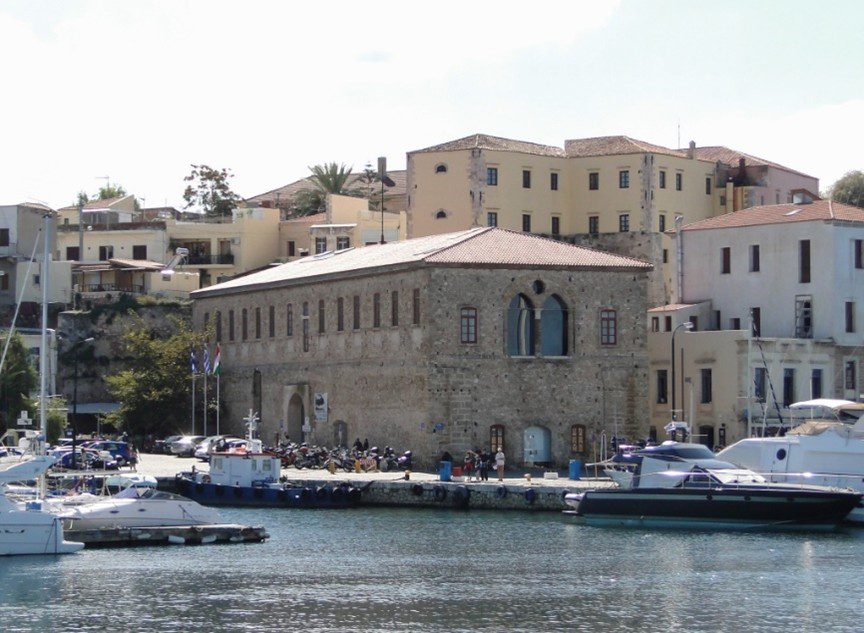
Transportation
The city of Chania is located on Crete Island, the largest island in Greece. Crete is situated in the center of the East Mediterranean Sea, the most southern part of the country.
Getting to Chania by Air
The biggest international airport in Greece is “Eleftherios Venizelos” in Athens.
Chania is regularly connected by air with “Athens International Airport” (link) with flights offered by Aegean Airlines and Sky Express. Please check their sites for availability of flights. After March, during the summer and until October every year, there are also several airlines (i.e., easyJet, Eurowings, British Airways, Norwegian, SAS, etc.) that fly from all over Europe directly to Chania in Crete.
The airport of Chania (I. Daskalogiannis, Code CHQ) is located in Akrotiri, about 12 km east of Chania city. At the airport there are car rentals and taxis to all destinations on the island.
A taxi service is available outside the airport terminal. The cost of a taxi fare from the airport to Chania is about 20-25 Euro (one-way). You can also call for a taxi: Radio Taxi ERMIS (tel: +30-28210-98700) or chania24.taxi. There are public buses from the airport to the city.
There are rental car facilities and cash withdrawal and exchange services through ATM machines at the Chania airport.
Getting to Chania by Boat
Chania has daily sea connections with Piraeus Port via ferry boats. You can reach Piraeus Port from Athens airport using the Attiko metro. Take the “BLUE” line train, change at Monastiraki station, and then follow the “GREEN” line up to the terminal station: Piraeus port. Also, from Athens International Airport to Piraeus Port you can use a direct line bus. For information regarding tickets, the route etc. please check.
For the boat routes, please check the web sites of the local ferry boats to Crete: ANEK to Souda Bay (Chania), and MINOAN to Heraklion city (120 km away from Chania). Please check their sites for availability of tickets. The bay of Souda, that serves as the port of Chania, is located 6 km away from the city center of Chania.
Accommodation
The International Meeting will take place in Chania Old Town. A plethora of hotels exists within walking distance from the Conference venue. Early hotel reservations are highly recommended as the high season starts early in Crete. It is the responsibility of the participants to directly contact the hotels and ensure their accommodation reservations.
An indicative list of hotels includes:
- Casa Delfino (5-star)
- Domus Renie Boutique Hotel (5-star)
- Ambassadors Residence Boutique(5-star)
- Chania Hotel (5 star)
- DOMUS BLANC BOUTIQUE HOTEL (5 star)
- KYDON (4-star)
- SAMARIA (4-star)
- Porto Veneziano (3-star)
- KRITI (3-star)
- HALEPA (3-star)
- IRIDA (3-star)
- AVRA City (3-star)

Social Events & Sightseeing
Welcome Reception
Sunday 21 September 2025, 19:00-22:00. All participants are invited to the welcome reception. It will be held at the International Workshop venue (see location map).
Gala Dinner
Wednesday 24 September 2025, 19:00-…. The Gala Dinner will offer the participants a unique tasteful night in an outstanding scenic setting full of traditional Cretan dishes and plenty of wine. Cretan and Greek music will accompany your dinner. The cost would be €65.00 per participant. Kids are free of charge.
Tentative Excursions and Suggested Sightseeing
Elafonisi Excursion: An island protected by NATURA
Elafonisi is one of the most rare and beautiful landscapes in all Europe: an extensive beach of unique beauty that overlooks the Libyan sea and an island that you can even walk to it. The water is not higher than an adult’s knee! Here, we can find a kind of cedar tree and sand lilies that grow nowhere else in Europe. An area of about 2,000 acres of the seaside is protected by “NATURA 2000”. All facilities are pretty much underdeveloped (parasols and small canteens), so it would be a good idea to bring along supplies (mostly water).
Pickup time: To be announced
Return time: To be announced
Price per person: To be announced
Knossos Archeological Excursion
Knossos is the largest Bronze Age archaeological site on Crete and has been called Europe’s oldest city. The palace of Knossos was the political center of the Minoan civilization. It is the largest of the preserved Minoan palatial centers. Four wings are arranged around a central courtyard, containing the royal quarters, workshops, shrines, storerooms, repositories, the throne room and banquet halls.
Knossos city was undeniably the capital of Minoan Crete. It is grander, more complex, and more flamboyant than any of the other palaces known to us, and it is located about twenty minutes south of the modern port town of Heraklion City.
Knossos was inhabited for several thousand years; it started with a neolithic settlement sometime in the seventh millennium BC, and was abandoned after its destruction in 1375 BC which marked the end of Minoan civilization. It was destroyed for the first time along with the other Protopalatial palaces around Crete at 1700 BC, probably by a large earthquake or foreign invaders. It was immediately rebuilt to an even more elaborate complex and until its abandonment it was damaged several times during earthquakes, invasions, and in 1450 BC by the colossal volcanic eruption of Thera, and the invasion of Mycenaeans who used it as their capital as they ruled the island of Crete until 1375 BC.
Walking through its complex multi-storied buildings one can comprehend why the palace of Knossos was associated with the mythological labyrinth. The Labyrinth was the dwelling of the Minotaur in Greek mythology, and many associate the palace of Knossos with the legend of Theseus killing the Minotaur.
The Greek myth associated with the palace about Theseus and the Minotaur is fascinating, but walking around the ruins of Knossos today it is hard to imagine it to be a place of torment and death. Instead, the palace radiates with joyous exuberance through the elaborate architectural planes and volumes that were clustered around the central courtyard over time. The elegant wall frescoes which decorated the walls speak of a people who approached the subtleties of life and the splendor of nature with a joyous disposition.
We follow up our tour with a visit to the Archaeological Museum in Heraklion. The most magnificent collection of Minoan art and culture in the world, unique in beauty and completeness, is housed in the Museum of Heraklion, a modern building specifically designed for this purpose.
There are twenty rooms/galleries on the ground and first floors and the usual visit takes at least two hours but, of course, several days are necessary for the visitor who wishes to linger and study more carefully the exhibits, which cover a period of 5,000 years, from neolithic era to Graeco Roman period (332 BC -395 AD).
Pickup time: To be announced
Return time: To be announced
Price per person: To be announced
Archaeological Museum of Heraklion
The Heraklion Archaeological Museum is one of the oldest and most important museums in Greece, and among the most famous museums in Europe. It houses representative artefacts from all periods of Cretan prehistory and history, covering a chronological span of over 5,500 years from the Neolithic period to Roman times. The Heraklion Archaeological Museum prides itself for its unique Minoan collection, which includes the masterpieces of Minoan art. It is rightly considered as the Museum of Minoan Culture par excellence.
Located in the town center of Heraklion, it was designed by the architect Patroklos Karantinos and was built between 1935 and 1958 on a site previously occupied by the Venetian monastery of Saint-Francis which was destroyed by earthquake in 1856.
The Heraklion Archaeological Museum is a Special Regional Service of the Ministry of Culture. Along with the permanent exhibition, the museum organizes temporary exhibitions in Greece and abroad, creates and implements educational programs, collaborates with scientific and scholarly institutions, and houses a variety of cultural events.
Pickup time: To be announced
Return time: To be announced
Price per person: To be announced
New Archaeological Museum of Chania
The Archaeological Museum of Chania is in Chalepa, a historic suburb in Chania, housed in an iconic building constituting a landmark for the whole city. The museum’s permanent collection is developed in three main halls on the ground floor and one more on the first floor, presenting the wealth of archaeological material that has been retrieved from the periphery of Chania through the course of time.
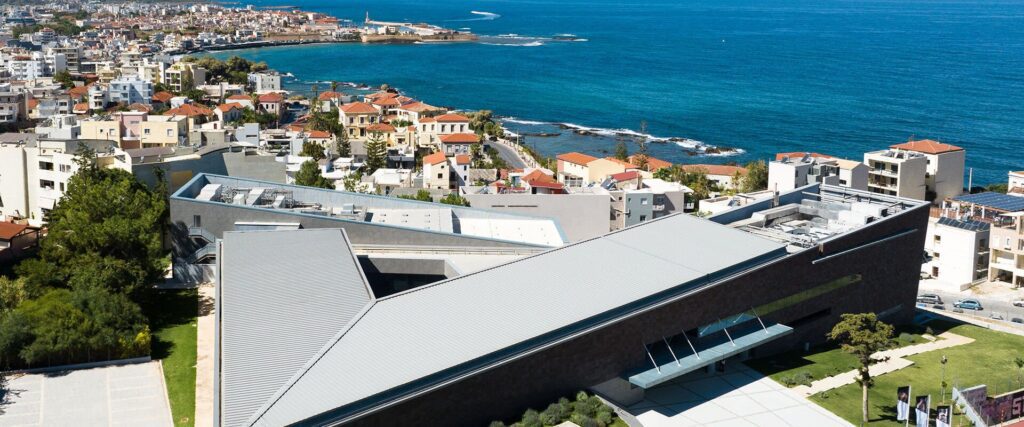
The permanent exhibition illustrates, through archaeological testimonies, the cultural history and character of the area through the ages, from the Neolithic period to the Roman era (4th millennium BC – 3rd c. AD). The Museum collections contain finds from the Neolithic sites (mainly caves), settlements and cemeteries of the Minoan and Historic periods found in Chania Prefecture. These include important Minoan finds from the excavations on Kastelli Hill in the city of Chania, which most scholars identify with the Minoan and Classical city of Cydonia, the major centre of power of West Crete in antiquity.
Mountains of Crete
Apart from the unique beaches in Crete, there are also alpine regions engraved by the pure Cretan attribute. September is the most ideal season for someone to visit high crowns (for example in White Mountains in Chania or Pseiloritis in Rethimno) offering life-changing emotions, the Omalos plateau in Chania where someone can combine hiking with truly traditional Cretan food and “raki” at the local villages, or even the Samaria Gorge. This unique gorge in Crete is 16km long and leads to a revitalizing beach in Agia Roumeli (Sfakia)
Gastronomy of Crete
Cretan cuisine is based on local products: fruits, vegetables, pulses, and herbs are deliciously combined with goat meat, creating the most imaginative dishes that aren’t found anywhere else. There are also excellent wineries and olive mills in Chania, where one can visit for a tour.
Note: An email regarding “Expression of Interest” is to be sent to all registered participants for this Workshop.

